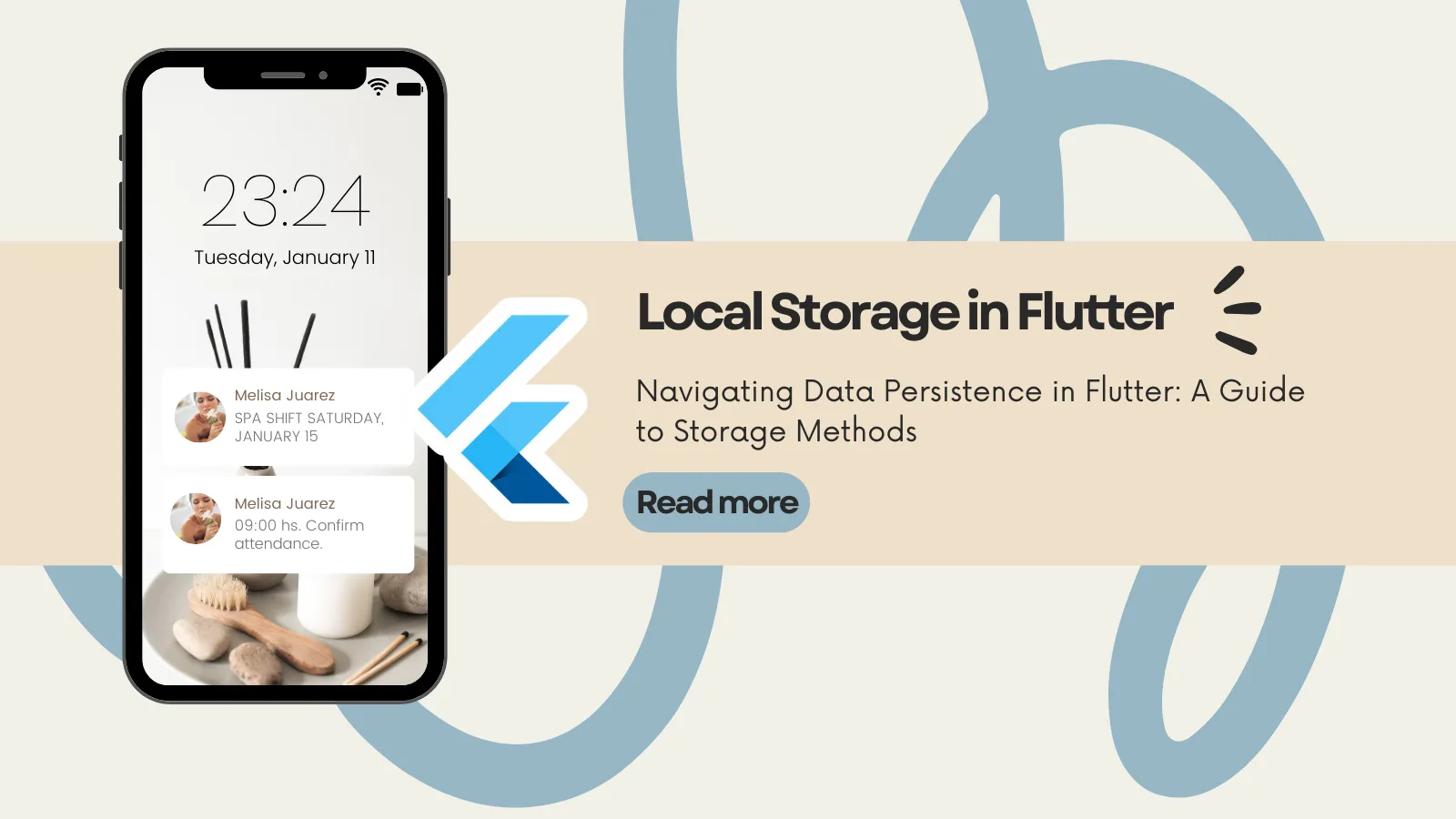In the dynamic world of mobile applications, ensuring data sticks around is a game-changer. Flutter, a frontrunner among frameworks, opens up a realm of possibilities for local data storage. In this article, we’ll take a closer look at some of the go-to methods, understanding what makes them shine and where they might fall short.

- SharedPreferences: Lightweight and Quick
When to use:
- Storing simple key-value pairs.
- Saving user preferences or settings.
- Quick access to small amounts of data.
Benefits:
- Easy implementation and usage.
- Cross-platform support for Android and iOS.
Drawbacks:
- Not suited for large-scale or structured data.
- Data lacks encryption.
2. SQLite (via sqflite plugin): Structured and Powerful
When to use:
- Storing structured data.
- Leveraging relational database capabilities.
- Complex queries and operations.
Benefits:
- SQL-like operations for data manipulation.
- Scalable for extensive datasets.
- ACID compliant.
Drawbacks:
- Slightly steeper learning curve.
- Overkill for simple data needs.
3. Hive: Speedy NoSQL Approach
When to use:
- Need for a lightweight and fast NoSQL database.
- Storing both structured and unstructured data.
Benefits:
- Faster I/O operations compared to alternatives.
- No need for serialization/deserialization (uses binary format).
- Intuitive API.
Drawbacks:
- Might not suit apps requiring complex queries.
- Smaller community compared to SQLite.
In conclusion, choosing the right data persistence method in Flutter depends on your app’s specific needs. Whether you prioritize simplicity, power, or speed, Flutter provides a range of tools to keep your data secure and accessible. Dive into the world of local storage and empower your Flutter app with the right data persistence strategy.



